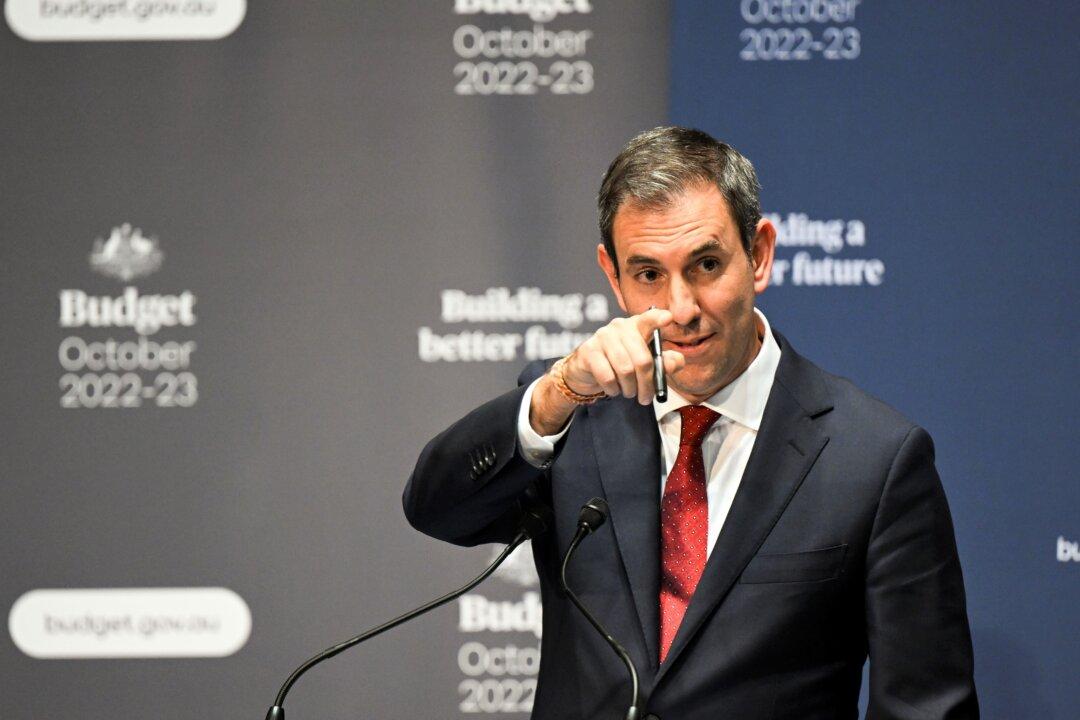Commentary
What the Australian Treasurer Jim Chalmers tabled on Oct. 25 was not a budget in the traditional sense but a mini-budget or update. Unlike a regular annual budget there were few announcements of new policies or fiscal strategies.

What the Australian Treasurer Jim Chalmers tabled on Oct. 25 was not a budget in the traditional sense but a mini-budget or update. Unlike a regular annual budget there were few announcements of new policies or fiscal strategies.